Schoolgirl Ninja Fight 2: “Check Out My New Thong!
Senran Kagura has, in its short time as a franchise, felt confused as to just what it wants to be. On the one hand, it’s a story-driven game that centers around a lot of characters, each with unique personalities, and how each of them will deal differently with heavy topics like death or the challenges of growing up. On the other hand… is a groped boob.
Seriously, there’s a ton of that kind of talk in Estival Versus, and from multiple characters. They looooove talking about groping. And every character, with 1.5 exceptions between the over 20 playable characters (that 0.5 coming by way of a character’s shinobi transformation and subsequent “bustification”), has enough to pervertedly grab at. And when someone in the credits is given the label of “Righteous Boobage Producer,” I suppose you get what you pay them for… like “righteous boobage.”
But that’s not all this game offers. In Estival Versus, largely set on the beach—for reasons of busty teenage girls in bikinis—the various shinobi schools that are all rivals-yet-dear-friends are transported outside of reality to fight in the “Kagura Millennium Festival." Commonly called the “shinobi bon dance," it's sort of a makeshift tournament to find who deserves to be called the strongest and deserving of the title of “kagura.” For eight days, they fight to destroy the platforms representing one another’s group, fighting a flood of faceless shinobi opponents, and finally one another to find out just why they’d been taken there.
Each main character of the various shinobi schools fights for a specific reason, and according to their personality, their method and mentality make sense. It’s surprising how much character growth the story includes and with some heavily emotional ideas like death and grief, which only grows more intense the longer the main storyline goes on. It comes off awkward at times, with some jokes not landing in awkward and serious conversations. It can play out as though it doesn’t really know what kind of story it wants to be, so it tries to straddle the line between funny and emotional, and while the depth does build and hit later on, the jokes are one-note and stale.
On top of the main story, each individual character has a side-story specific to them within the secondary story structure, “Shinobi Girl’s Heart”. Some of them involve a character’s desire for proper table manners, growing up to be a “proper” adult woman, proving their desire to be called a hunk, and the most dirty-old-man of the girls on a quest to find something else to grope beyond boobs (hint: butts was first). They’re all somewhat ridiculous and allow for a focus on every character that only sees a few missions within the main story mode, though everyone does get a play sample through the story. It’s a great way to test everyone to find your preferred character and whom you never want to play as again—I have a problem with the heavy hitters being a bit too tank-like when they start swinging. With most missions involving against multiple foes it’s incredibly easy to be surrounded and beaten down, even with the more nimble baddies.
On a strictly surface level, it’s a simple case of button-mashing slog through the masses of shinobi all dressed the same (and the more damage you take, the closer you are to only your undies), but there is some strategy to it. Taking place in a series of open environments built for both distance attacks and up-close combat (for most characters a combination of the two), coordinating attacks with evasion tactics to build the biggest combo possible is where the fun is. There are two attack buttons, one weak and designed for combos and the other a powerful, even chargeable smash, and three different fighting styles per character: the one you start with, meaning your character’s primary attack functions, then either your “shinobi transformation” or “Frantic Mode.”
Once you have gained enough power via fighting whomever you can transform into your more powerful shinobi form (via “magical girl” transformation-like sequence), bringing with it charged super attacks using your attack button of choice, and the L trigger that controls some fairly epic (and colorful) exchanges that are easy to pull off in the heat of battle. Simply transforming includes the benefit of renewing your life bar back to full, so using it at the right time can be crucial, either by brink-of-defeat recovery or speedy enemy destruction.
The other, Frantic Mode, strips your fighter down to their skivvies and boosts their attack power, gives your normally weak attack combos can be used for some incredibly long combos, and you can use the same “shinobi arts” attacks as your shinobi transformation. There’s danger to this, as you might expect, that being that if you take enough damage (not just down to total zero) or too powerful a hit, and you’ll lose the rest of your clothing, losing the match right there. It’s a gamble, but if you fancy yourself that type of risk-taker, you can stretch yourself as far as your combo can carry you. I found this a bit too risky, and multiple times when I accidentally entered Frantic Mode I ended up on the losing side of the fight. Your mileage may vary, but I’ll stick to the transformation, thanks.
Depending on the characters you play as in the main story (after selecting your preferred character and/or playstyle), some matches bounce between frustratingly annoying or incredibly simplistic. The AI isn’t great no matter the difficulty level, with some stray bad guys running straight into a corner and trying to run through barriers at top speed, and even some of the main opponents are prone to repeating the same attack repeatedly without deviation. "Too easy to figure out" becomes far too empty an experience or irritating in the case of the spammed projectile attacks (some of which are homing attacks). Some attacks can even freeze or otherwise stun your character, which leaves you not only surrounded or spammed, but unable to do anything about it. A few characters use that as their main weapon, so being unable to counter for a significant stretch is unbearable.
In the meantime, it’s detailed and pretty to watch. Everything moving during the fight looks colorful and smooth, no matter how many of them are shifting in the writhing wave of opposition. They simply pop (haha, “pop”) against the more bland backgrounds, which are only noticeable for the reason that some are recycled from the previous Senran Kagura game, or they’re the reason for an awkward corner causing camera problems. The camera “touching” the wall can cause a flipout, and yeah, I know this is a game with lots of mashing of the weak attack for combos, but the last thing it needs is a twitchy camera to complicate being surrounded and beaten down on like that. Combining a corner with constant stun attacks has resulted in all of the times I had to repeat a stage.
When you’re done fighting everything and everyone, there’s always the carried-over options to dress up your characters in the outfits of your choosing, from default clothing and haircuts to shinobi transformation garb, all the way down to their skivvies. You can even arrange three characters in a diorama, complete with posing. The posing is a bit awkward, without a lot of options, but there’s plenty of outfits and customization options otherwise, so if that’s you’re thing, it’s there. Minimal, but there.
Senran Kagura as a series is something of a guilty pleasure for me, faults and confusion and all. At first glance… like the cover… it’s a bunch of overly-exaggerated anime girls on a beach in skimpy outfits. A mission or two in, and it’s overly-exaggerated anime ninjas on a beach in a contest to strip each other’s clothes off. But eventually it reaches a story that’s deeper than one expects from this kind of experience… then throws the mind back into the gutter for a bit. Because boobs, amirite?
Copy provided by publisher, review played on PS Vita. Also available on PS4.
-
Lots of detail on character models
-
So many characters to play, and all feel unique
-
Cheeky dialog crossed with complicated emotions
-
Strategic (but mostly) button-mashing fighting
-
VERY easy to be overwhelmed due to camera and spammed attacks
-
AI haz the dum.
-
Identity crisis: a deep story with boob jokes, or a boob story with deep moments?
Estival Versus screens
-
Estival Versus screens #1
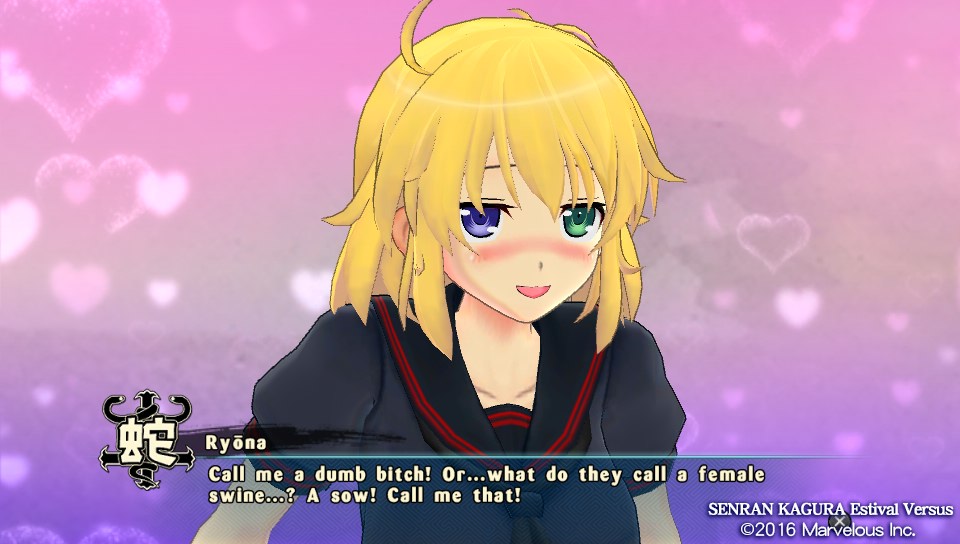 (Click to enlarge)rn
(Click to enlarge)rn -
Estival Versus screens #2
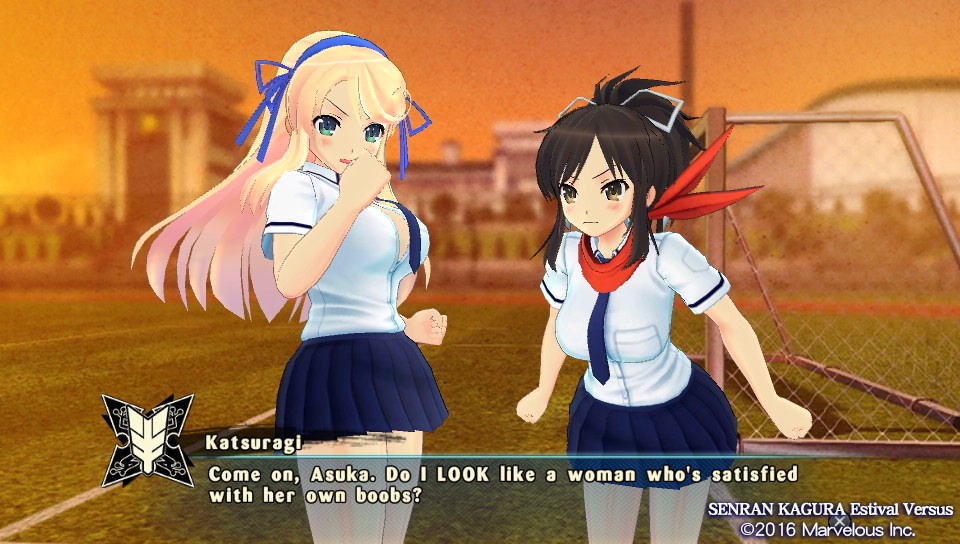 (Click to enlarge)rn
(Click to enlarge)rn -
Estival Versus screens #3
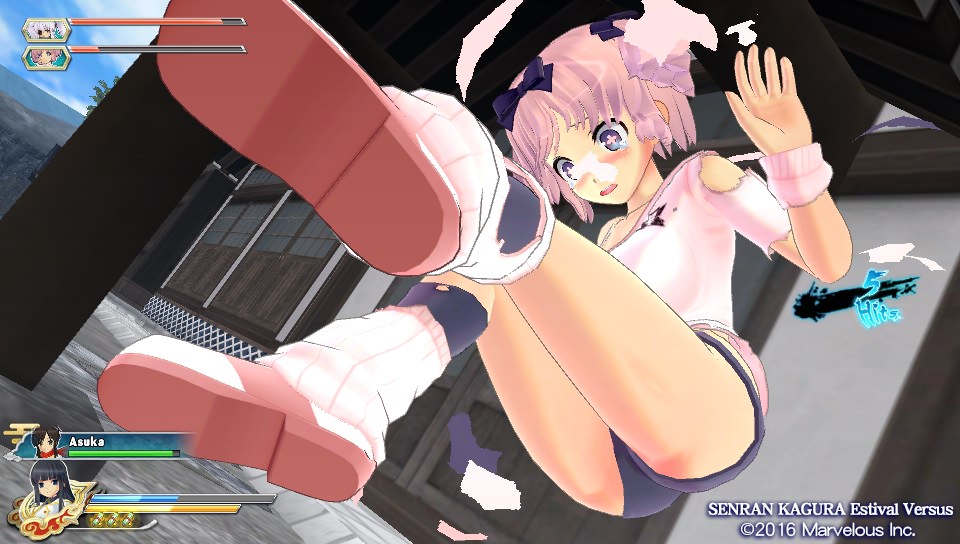 (Click to enlarge)rn
(Click to enlarge)rn -
Estival Versus screens #4
 (Click to enlarge)rn
(Click to enlarge)rn -
Estival Versus screens #5

-
Estival Versus screens #6
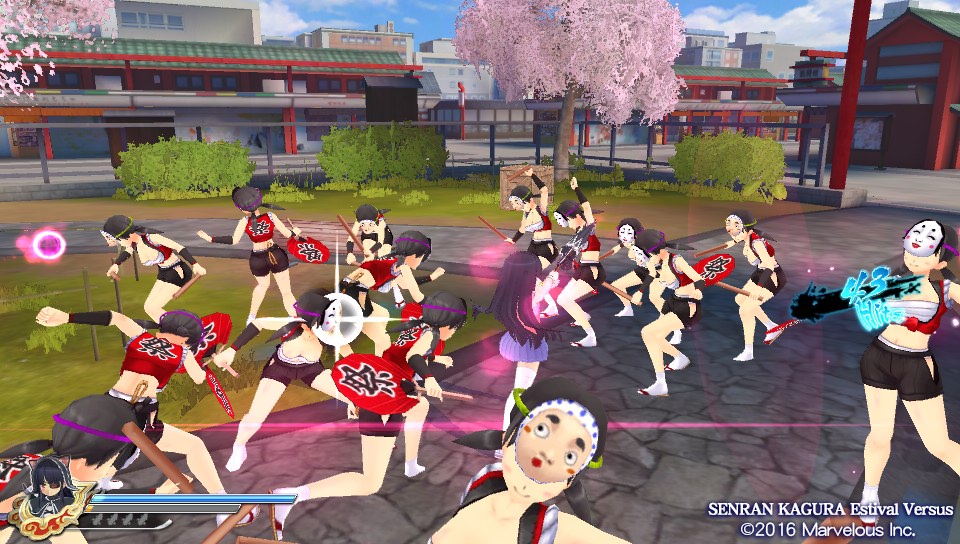 (Click to enlarge)rn
(Click to enlarge)rn -
Estival Versus screens #7
 (Click to enlarge)rn
(Click to enlarge)rn -
Estival Versus screens #8
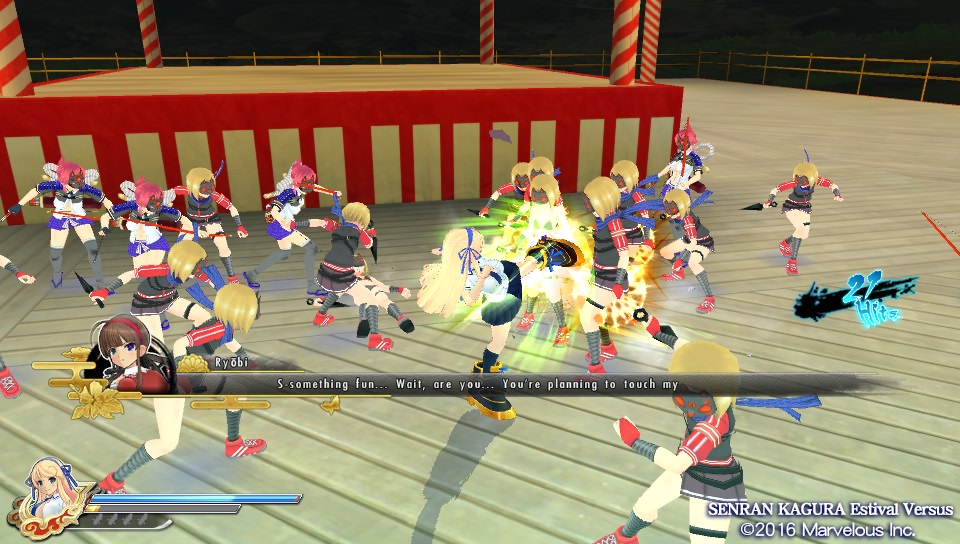 (Click to enlarge)rn
(Click to enlarge)rn -
Estival Versus screens #9
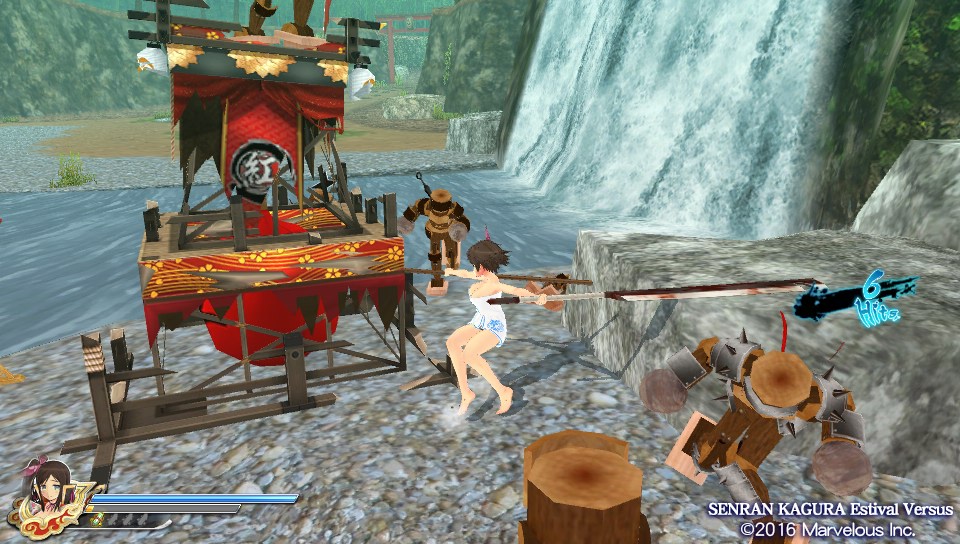 (Click to enlarge)rn
(Click to enlarge)rn -
Estival Versus screens #10
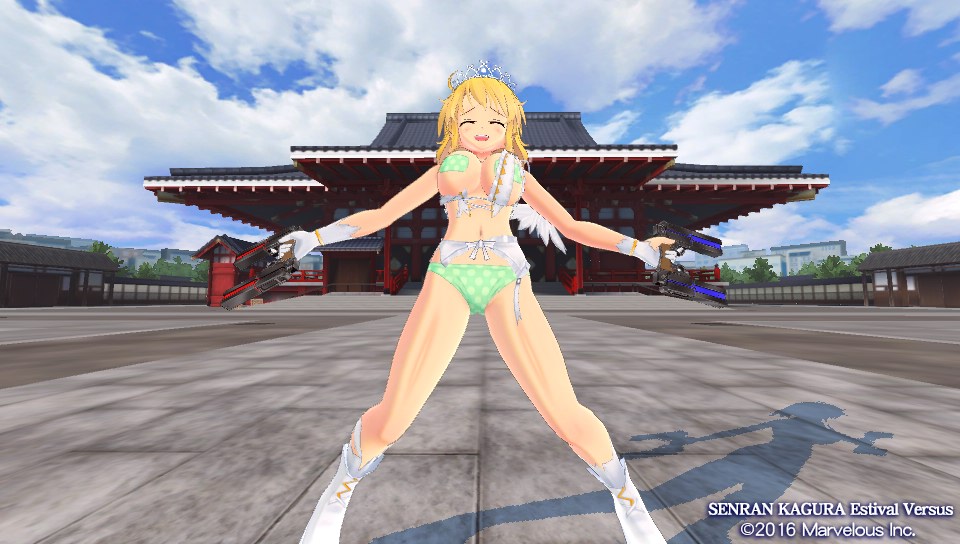 (Click to enlarge)rn
(Click to enlarge)rn










